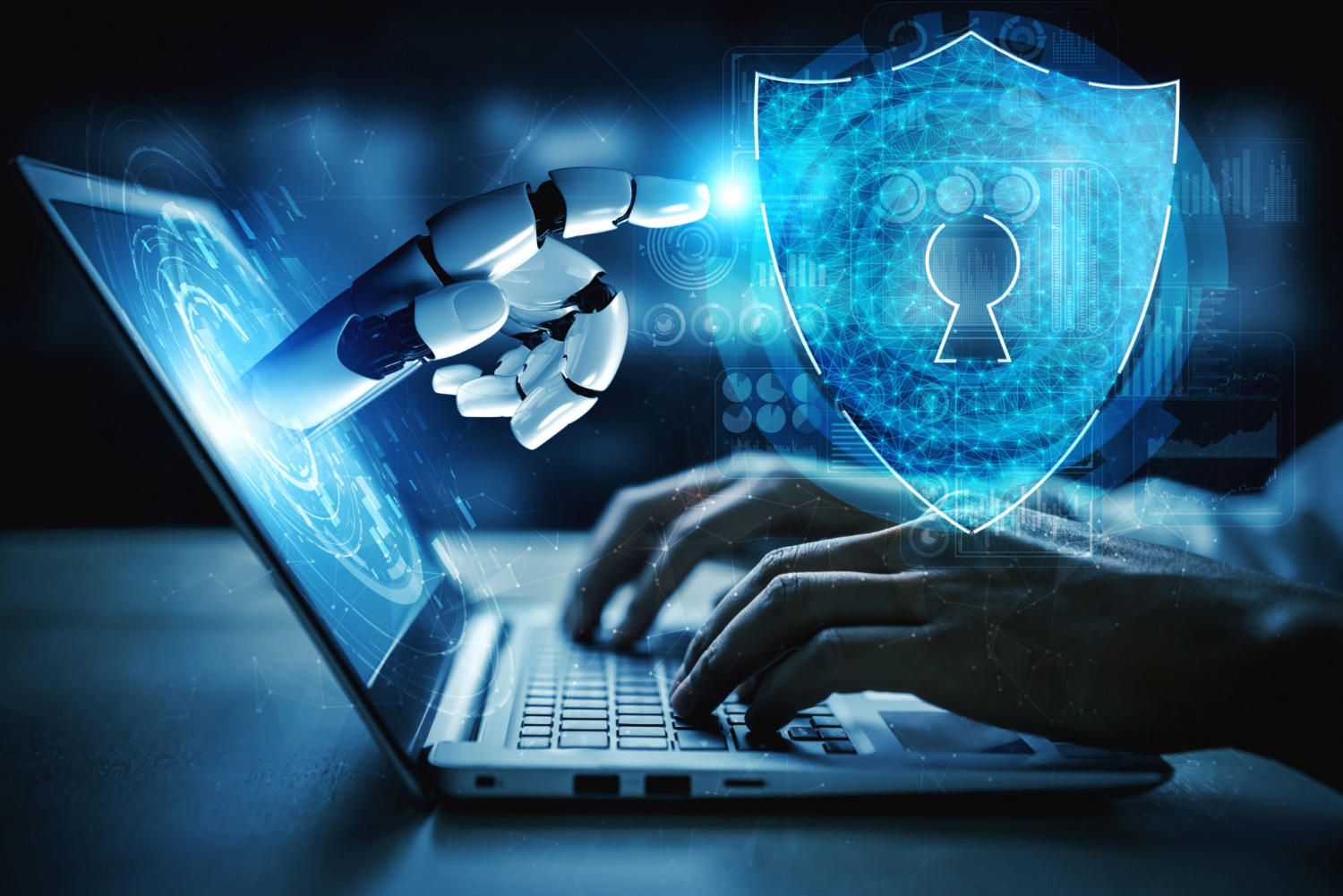Why This Matters More Than Ever
Cyber threats are not slowing down—recent data shows the average organization faces 1,876 cyberattacks weekly, a staggering 75% year-over-year increase from Q4 2024. As leaders, your mandate is to protect assets, trust, and compliance, not just systems.
But complexity often breeds confusion. That’s why we’ve distilled enterprise-grade advice into 10 best practices—simple to deploy, yet powerful enough to fortify your defense.
1. Make Cybersecurity Everyone's Job
2. Implement Multi-Factor Authentication (MFA) Everywhere
3. Secure and Monitor Your APIs
4. Encrypt Data In Transit and At Rest
5. Adopt a Zero Trust Framework
6. Invest in 24/7 Threat Detection & Response
7. Harden Your Cloud Environments
8. Run Regular Vulnerability Assessments & Pen Tests
9. Backup with Immutability & Perform Recovery Drills
10. Leverage AI for Threat Detection
Lead with Resilience, Not Fear
Cyber threats are constant—but so is opportunity. Enterprises that embed people-first culture, technical safeguards, and strategic resilience rise above mere defense.
Ready to implement these best practices with confidence? Partner with Webpuppies—experts in enterprise-grade security, 24/7 threat detection, cloud protection, API hardening, and AI-powered defenses. Visit our Web & Mobile Security page to start your proactive cybersecurity journey.
Enterprise Cybersecurity Checklist
Essential practices for modern threat environments
Make Cybersecurity Everyone's Job
Create a culture of shared accountability with engaging training and blame-free reporting.
Implement Multi-Factor Authentication (MFA) Everywhere
High-impact, low-effort control that mitigates credential theft and social engineering.
Secure and Monitor Your APIs
Implement rigorous authentication, validation, and access controls for all API endpoints.
Encrypt Data In Transit and At Rest
Essential for regulatory compliance and building customer trust.
Adopt a Zero Trust Framework
Continuous identity validation and least privilege access across all systems.
Invest in 24/7 Threat Detection & Response
Real-time monitoring with rapid response to reduce threat dwell time.
Harden Your Cloud Environments
Protect against misconfigurations and permissions vulnerabilities in cloud workloads.
Run Regular Vulnerability Assessments & Pen Tests
Quarterly scans and red-team exercises to expose blind spots before attackers do.
Backup with Immutability & Perform Recovery Drills
Immutable backups with simulated recovery exercises for ransomware resilience.
Leverage AI for Threat Detection
Defensive AI for anomaly detection, predictive modeling, and automated response.
FAQs: Enterprise Cybersecurity Best Practices
What are the most impactful cybersecurity practices?
Start with MFA, employee training, real-time detection, and immutable backups—high ROI defensive measures.
Do small businesses need the same standards?
Yes, with scaled implementation. Even tightly budgeted teams benefit from MFA, backups, and basic API hygiene.
What is Zero Trust, and why should I care?
Zero Trust assumes no inherent trust—identities and devices are continually verified. It dramatically limits lateral movement during breaches.
How often should an enterprise conduct vulnerability testing?
Vulnerability scans should run at least quarterly, with full red-team exercises annually—or more frequently for high-risk sectors.
How do we justify cybersecurity investment to stakeholders?
Present security as both risk mitigation and business enabler. Strong cyber posture builds client trust, speeds compliance, and sustains reputational value.

